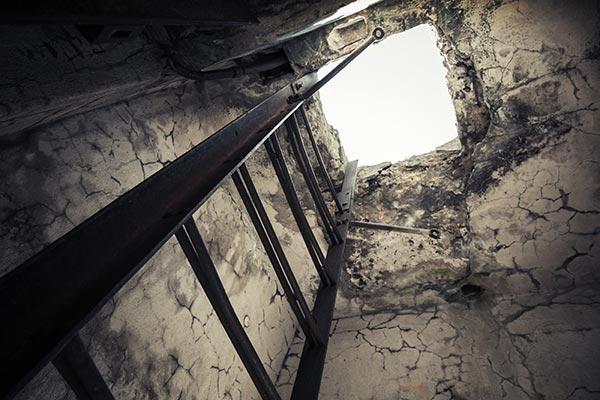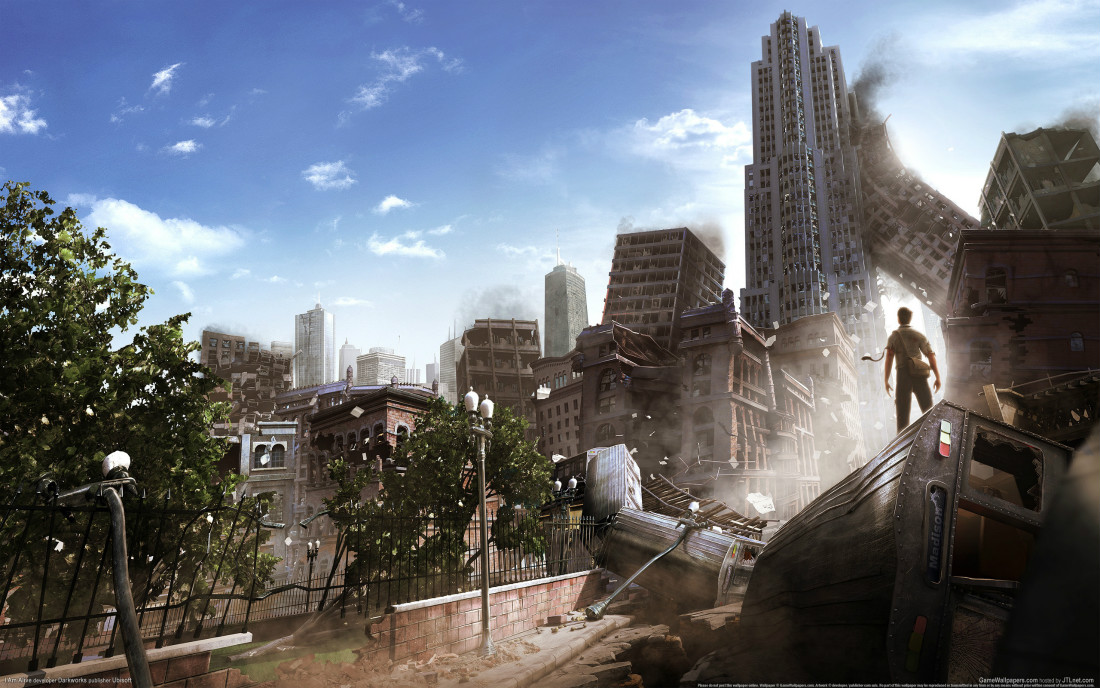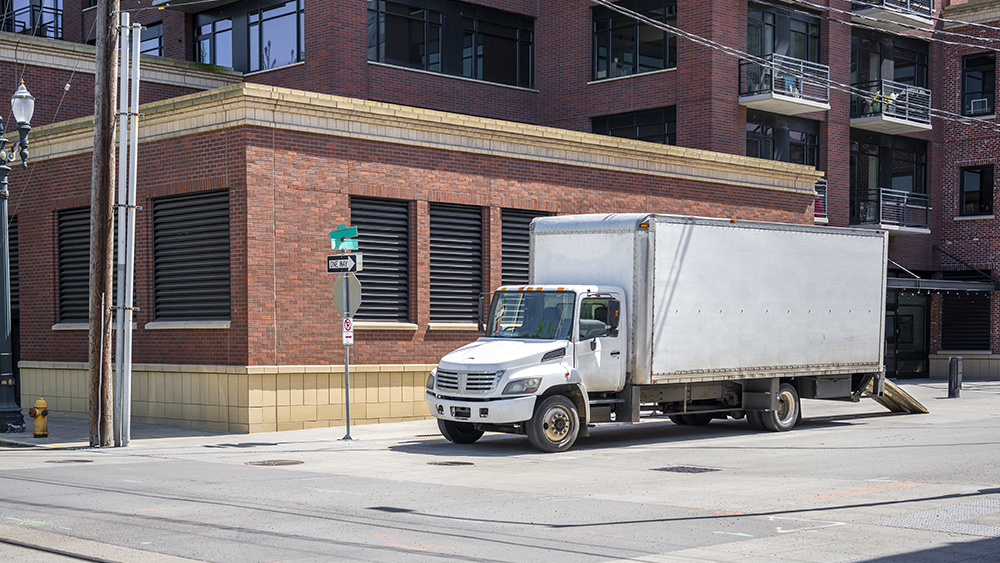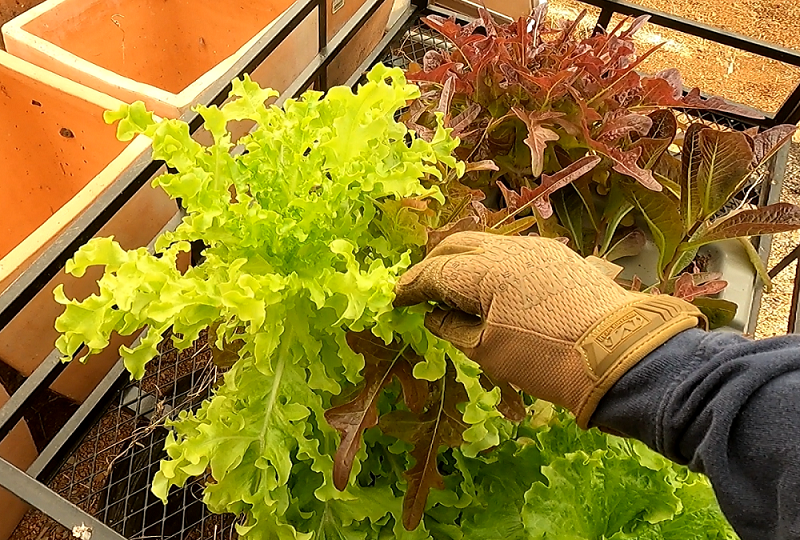Prepping 101: How to grow food in an indoor survival garden
01/28/2022 / By Zoey Sky

Food is an essential supply for preppers. You need shelf-stable items in your survival stockpile, but you also need fresh fruits and vegetables to meet your nutritional needs.
If you live in a small space and are worried about not having a steady food source when disaster strikes, consider starting an indoor survival garden. You can also start an indoor garden even if you have a backyard survival garden so you have a backup plan before SHTF. (h/t to SHTFPreparedness.com)
Cultivating an indoor survival garden will ensure that you have a steady food source when SHTF. Even if disaster doesn’t strike in your lifetime, having a garden ensures that you have access to nutritious fruits and vegetables all year round.
If you’re not sure how to start an indoor survival garden, here are some tips to help you get started.
Plants need light
For your plants to thrive, you need a source of light. They need natural light, but you can use artificial light in a pinch.
When using natural light, make sure your indoor garden has plenty of windows so that natural light can reach every corner of the room and give every plant sufficient light. However, the light will not be consistent throughout the year, especially during winter when it gets quite dark.
With artificial lights, you can provide consistent lighting to all plants in an indoor garden year-round, regardless of the season or the weather conditions. Just make sure you have the type of bulb that is appropriate and safe for growing food. Always buy specific grow lights, which are designed for indoor plantations and food-growing.
Maintain the right temperature
Hardy plants will often grow well if they have essentials like water and light and can withstand temperature changes. You also need to make sure that your indoor survival garden has a set temperature range, with some specific parameters determined by what the plants need.
Generally, the ideal temperature for growing most vegetables is between 65 and 70 F. If it’s too cold, plants won’t grow and might die. On the other hand, if it’s too hot plants will wither and die.
Find the right balance and maintain the right temperature by using different materials and tools.
Ensure proper air movement
Outdoor plants grow healthier and faster because they are moved by air, which stimulates them.
To mimic air movement in an indoor garden, use carefully placed windows and openings or fans to create a natural-feeling breeze that will stimulate the plants. Make sure the air movement complies with the ideal temperature for plant growth and that the air is neither cold nor hot.
Allow room for root growth
Plants grow and eventually, they need to be transplanted to larger pots so their roots will have plenty of room to keep on growing. (Related: Shake up your indoor gardening by planting these 8 fruits and vegetables in buckets.)
Plan ahead and have bigger pots ready, then lay out plants so you allow for growth within the space allocated to them individually. Don’t leave plants cramped in pots because they won’t grow well and will eventually die.
Use a good drainage system to prevent root rot
Healthy soil requires moisture regulation, and plants need healthy garden soil before they can thrive and be healthy. Depending on the type of plant, garden soil needs to be either moist or dry. Find a good balance and ensure that the plant’s roots can breathe.
Set up a good drainage system by having pots with holes at the bottom and leave something underneath to catch all excess water. There are advanced methods that you can try, but you don’t have to use something too complicated.
Use fertilizer regularly
Indoor plants need nutrients in the soil to grow healthy so use fertilizer regularly. There are plenty of different brands and types of fertilizers, but you can also use organic fertilizers to keep your crops thriving and chemical-free.
Harvest your plants regularly
It might seem counterproductive, but the more you harvest a plant, the more the plant will produce and the better it will grow. You don’t need to harvest your plants daily, but you should cut off certain leaves so there is room for newer, fresher ones.
Regular maintenance and care are essential for crops that produce as much food as possible so you can survive when SHTF.
Plant new crops all year round
If you have an indoor survival garden, you don’t have to worry about the seasons, weather conditions or what fruits or vegetables are right for the time of year.
You can plant almost anything if you create the right growing conditions. Continuously plant new crops all year round so you always have some food to harvest without having to wait for certain months of the year.
What to plant in your indoor survival garden
Try growing these herbs and plants in your indoor survival garden:
Herbs
- Basil
- Oregano
- Peppermint
- Rosemary
- Sage
- Spearmint
- Thyme
Heat-tolerant plants
- Citrus trees or dwarf varieties (start with a grafted tree)
- Eggplant
- Peppers
- Tomato
- Strawberry
Cold-tolerant plants
- Arugula
- Beets (greens, tiny roots)
- Broccoli (stalks, greens only)
- Brussels sprouts (stalks, greens only)
- Carrots (small, sweet carrots)
- Kale
- Leafy greens (not head lettuces)
- Mache (corn salad greens)
- Microgreens
- Mustard greens
- Peas
- Radish
- Sorel
- Spinach
- Swiss chard
- Watercress
More related stories:
Prepper’s food delight: Fruits and vegetables you can grow in your own garden.
Weed-free, worry-free: 5 Ways to get rid of weeds in your home garden.
Grow microgreens in your own home with these simple steps.
A beginner’s guide to starting a medicinal garden.
Watch the video for indoor garden and planter ideas to try in your survival garden.
Go to HomeGardeningNews.com for more articles with tips for gardening beginners.
Sources include:
Submit a correction >>
Tagged Under:
bucket gardening, container gardening, emergency food, food independence, food supply, gardening tips, green living, home gardening, homesteading, indoor gardening, off grid, preparedness, prepping, self sufficiency, self-reliance, survival, survival food, sustainable living
This article may contain statements that reflect the opinion of the author
Get independent news alerts on natural cures, food lab tests, cannabis medicine, science, robotics, drones, privacy and more from NewsTarget.com
Get independent news alerts on natural cures, food lab tests, cannabis medicine, science, robotics, drones, privacy and more from NewsTarget.com
RECENT NEWS & ARTICLES
COPYRIGHT © 2017 · SURVIVAL NEWS






















